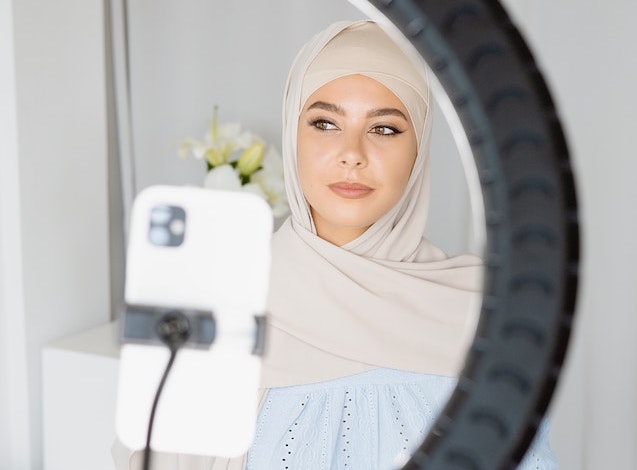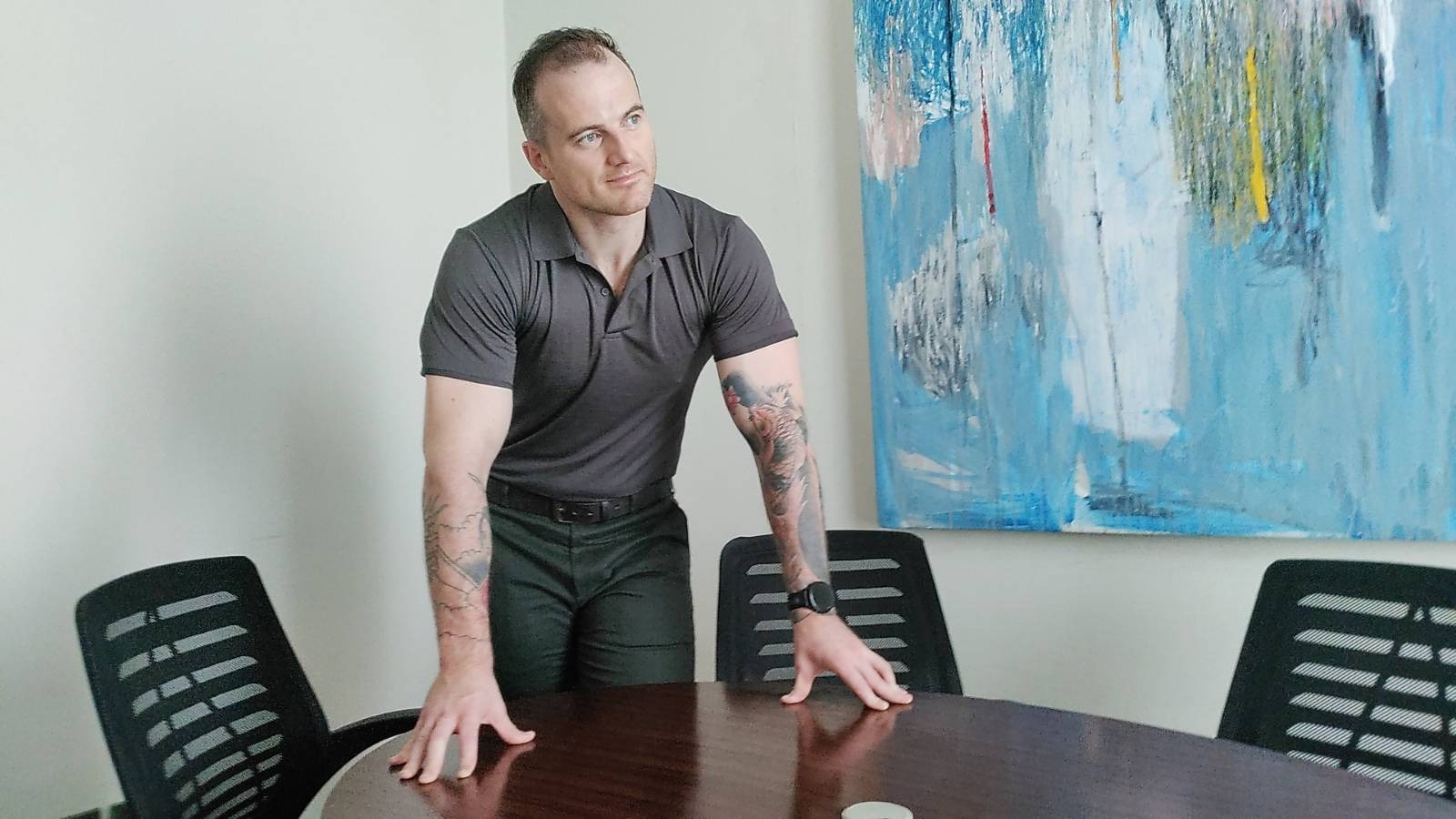
New research into influencer marketing has revealed the waning impact of mega influencers.
Why are brands, businesses and customers being turned off by mega influencers and how can B2B companies work with social media stars?
Farhad Divecha, MD and Founder of AccuraCast, the digital marketing agency behind the research, explains how the answers may already exist within your organisation.
The diaspora of customers across an increasing myriad of channels, be they traditional media, digital publications or a burgeoning portfolio of social platforms, has made it increasingly difficult to capture the attention of target audiences.
Driven by a desire to connect with these difficult-to-reach customers, businesses have been turning to significant individuals to plug the gap and this has led to a glut of so-called ‘influencers’.
Due to the recent boom in influencer marketing within a short period of time, the industry is already fast appreciating an inflection point.
Many mega influencers today (defined as having over 100,000 followers or subscribers on a single platform) have made their fame and fortune by partnering with consumer brands, promoting luxury products or experiences.
Simultaneously, there is a rising army emerging of micro (between 10,000 – 99,999 followers) and in-house (internal employees and those with a following of around 1,000) influencers that are supporting the marketing objectives of many B2B organisations.
Results and authenticity
Ongoing economic uncertainty means marketing budgets are becoming tighter and the spotlight is firmly on return on investment – especially when it comes to influencers. Like consumers, businesses are becoming savvier and demanding actionable results, rather than just vanity metrics such as likes on an Instagram post. There is a need to drive meaningful engagement beyond traditional reach figures that sparks deeper, more valuable and commercial conversations.
A pressing aspect of influencer engagement is authenticity. Social media is defined by communities and targeting these groups online requires a genuine approach to truly connect. A perceived or actual lack of authenticity when conveying commercial messaging through influencers can result in a backlash – take Listerine’s ill-fated attempt to partner with mega influencer Scarlett Dixon last year.
This Listerine-sponsored Instagram ad caused a backlash and the influencer said she received death threats
This is just one example of the wave of negativity presently washing over the influencer marketing sphere. Fake followers have also tarnished the reputation of some mega influencers. Similarly, the recent declaration by several influencers to make it clear when social posts are endorsing a product, service or brand highlights simultaneously how the industry is crying out for transparency.
Blurring the lines between reality and the image
Social media platforms frequently facilitate the blurring of lines between reality and the image in a ‘perfect post’ but in a world where ‘fake’ or exaggerated posts cause controversy, all parties (including the platforms, brands and influencers) need to work together to blend commercial and community harmoniously. A lack of clarity about sponsored posts or commercial relationships only undermines the influence of the individual in the eyes of their followers.
Amidst increasing pressure, and triggered by the Competition and Markets Authority’s (CMA) public naming and shaming of sixteen mega influencers, the issue of influencer trust further highlights the need for self-regulation. With influencer marketing continuously facing accusations of fraud, all parties must professionalise, and quickly. Any steps influencers take to improve transparency will be welcomed by all and will help to sustain appeal and value to brands.
For businesses, the ongoing issues of clarity and authenticity around influencer content is leading many to turn to their own networks for a cost-effective and meaningful marketing tactic.
While our feeds may be clogged with Joe Wicks throughout January, in fact around 90% of influencers are ordinary individuals who have built up a social media following due to a knowledge of a genuine specialism, particularly in the B2B space.
Businesses are demanding actionable results rather than just vanity metrics such as likes on an Instagram post YouTube, Twitter, Instagram, and LinkedIn. Many of these are now classified as in-house influencers that can convey an expert opinion valued by other professionals. YouTube, Twitter and Instagram may be the kings of B2C consumer-led engagement but LinkedIn comes out on top for B2B marketers.The trouble is that many do not know how to leverage engagement effectively through influencers on this platform.Our recent benchmark report into influencer marketing analysed close to 60 million social media engagements, aggregated per thousand followers to provide a fair comparison, across YouTube, Instagram, Twitter and LinkedIn. The findings revealed that when using LinkedIn, there is a negative trend of engagement per thousand followers.This means an influencer with around 3,000 followers will receive on average nearly three times as many comments per follower than an influencer with 15,000 followers would. Understanding this level of influencer engagement will not only reduce marketing costs but should help brands to stand out from the crowd.
Overall, despite ongoing scrutiny, influencers still have a prominent role to play in both B2B and B2C marketing strategies. By understanding the current landscape more completely, marketers should be aware that partnering with celebrities or mega influencers may not provide the dialogue and engagement they seek. It’s clear that influence can be leveraged by using a business’ internal resources or micro influencers and it should help drive down spend in times of ongoing uncertainty.







